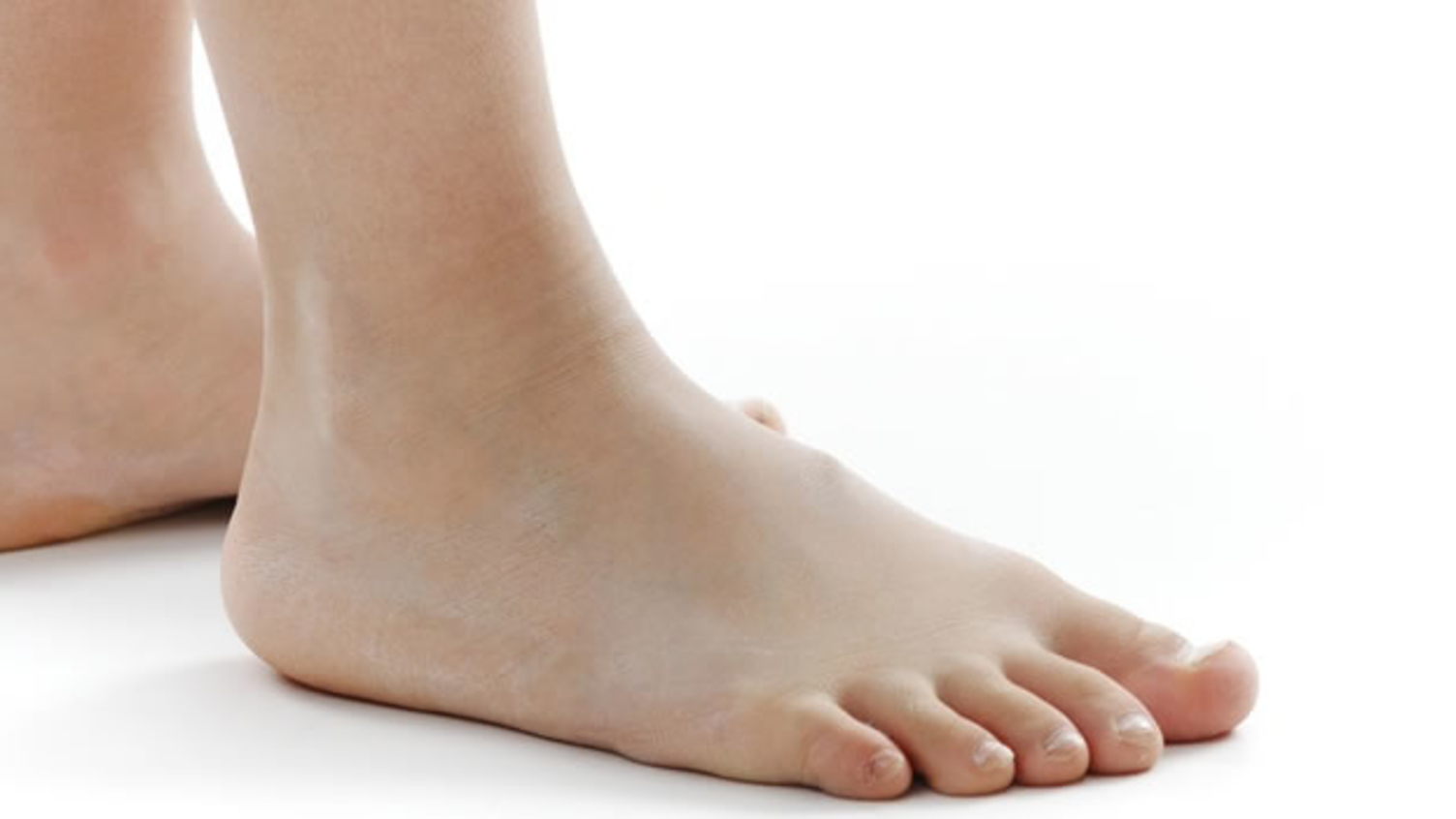Paediatric Lower Limb Surgery

About this PSP
The Paediatric Lower Limb Surgery PSP was established in 2017 by the British Society for Children’s Orthopaedic Surgery (BSCOS), the British Orthopaedic Association and the Oxford Biomedical Research Centre to identify unanswered questions about elective lower limb (hips to toes) surgery in children with orthopaedic problems.
The PSP launched in January 2018.
The Paediatric Lower Limb Surgery Top 10 was published in March 2019.
Top 10 Priorities
- What are the best ways to measure the outcome following lower limb orthopaedic surgery in children?
- Following orthopaedic surgery to the lower limbs, what should children's rehabilitation include, how long is it expected to last and how does it affect the result of treatment?
- What is the short-term and long-term clinical and cost effectiveness of orthopaedic lower limb surgery (including best timing and technique) for children with Cerebral Palsy who can walk?
- What are the short-term and long-term outcomes of surgery compared to non-surgical care in the treatment of Perthes' disease of the hip?
- What is the clinical and cost effectiveness of pre-operative rehabilitation in children presenting with lower limb orthopaedic conditions?
- What is the short-term and long-term clinical and cost effectiveness of Selective Dorsal Rhizotomy (SDR) in children with Cerebral Palsy who can walk?
- Can surveillance and non-surgical treatment (e.g. physiotherapy, botulinum toxin injections, functional electrical stimulation, orthotics, casting) prevent the development of deformity requiring surgery in children with Cerebral Palsy?
- What is the best method of screening for Developmental Dysplasia of the Hip (DDH) in terms of clinical and cost effectiveness?
- What are the best strategies to optimise communication of information between patients/carers and clinicians in order to enable shared decision-making?
- What is the best management for hip displacement in children with Cerebral Palsy?
The following questions were also discussed and put in order of priority at the workshop:
- What are the most effective interventions (including type and timing of the procedure) for late presenting Developmental Dysplasia of the Hip (DDH)?
- Does vitamin D supplementation or other diet supplements increase recovery rates following lower limb bone surgery, such as osteotomy or leg lengthening?
- What is the clinical and cost effectiveness of gait analysis in surgical decision making in children with Cerebral Palsy who can walk?
- What are the indications and most effective treatment for relapsed clubfoot?
- What is the optimal surgical treatment and timing of surgery for unstable Slipped Upper/Capital Femoral Epiphysis (SUFE/SCFE)?
- What is the optimal management for severe stable Slipped Upper/Capital Femoral Epiphysis (SUFE/SCFE)?
- What is the best treatment for patello-femoral instability (an unstable knee-cap) in children?
- What are the indications for surgical treatment of flatfeet (including implants) and what are the long-term results of surgery?
- What is the outcome of hip replacement in a child compared to hip reconstruction (eg. functionality, how long it lasts, how it is affected by age and underlying diagnosis)?
- Which operation leads to best results in the treatment of Perthes disease?
- What is the best way to treat idiopathic (unexplained) tip toe walking?
- What are the long-term outcomes of treatment in Developmental Dysplasia of the Hip (DDH) presenting late?
- What is the effect of surgeon and centre experience on the outcome of orthopaedic lower limb surgery in Cerebral Palsy children?
- What degree of lower limb anatomical variation (eg. knock knees, bow legs, in-toeing) justifies treatment to prevent long-term problems?
- What are the indications for metalwork removal in children who have previously undergone lower limb orthopaedic surgery?
- Why is there geographical variation in the management of lower limb orthopaedic conditions in children?
Document downloads
For full details of all of the questions identified by this PSP, please see the document below.